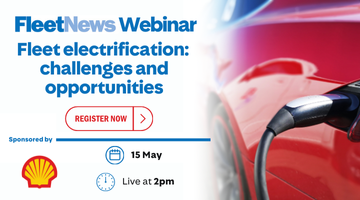These show that in the last year for which figures are available, the Treasury raised a total of almost £2.5 billion in benefit in kind tax alone from company cars, vans and the free fuel perk.
Revenues of this scale to a cash strapped Government looking to invest in essential public services provide evidence that the Chancellor of the Exchequer Gordon Brown is highly unlikely to tax the company car out of existence.
However, the one area that is under attack is free fuel for private motoring, and the new figures shows the brutal increase in benefit in kind tax for company car drivers receiving free fuel for private journeys.
The statistics show that while the number of employees receiving the free fuel 'perk' declined by 8.6% or 80,000 drivers, from 930,000 to 850,000, between the 1989-90 and 2000-01 tax years, the taxable amount rose by 56% to £1,810 million from £1,160 million over the same period.
In real terms this means the average company car driver (weighted between 22% and 40% taxpayers) faced a tax liability of £705 in 2000-01, compared to £413 in 1989-90.
This will also have had a negative impact on corporate bottom lines, because employers must pay Class 1A National Insurance Contributions on the free fuel benefit charge – equating to a 56% increase in NI charges – adding further evidence to claims that the offer of free fuel no longer makes sound financial sense to either driver or employer.
The same set of Inland Revenue figures also shows a decline from 1.68 million to 1.61 million company car drivers over the three tax years from 1998-99 to 2000-01.
The statistics do, however, reveal an interesting subplot which is the 50% increase from 160,000 to 240,000 employees paying company van tax between 1998-99 and 2000-01.
This development reinforces market suggestions that employees have started to switch from company cars to company vans, particularly double-cabs, in order to take advantage of significantly lower benefit charges.
















Login to comment
Comments
No comments have been made yet.